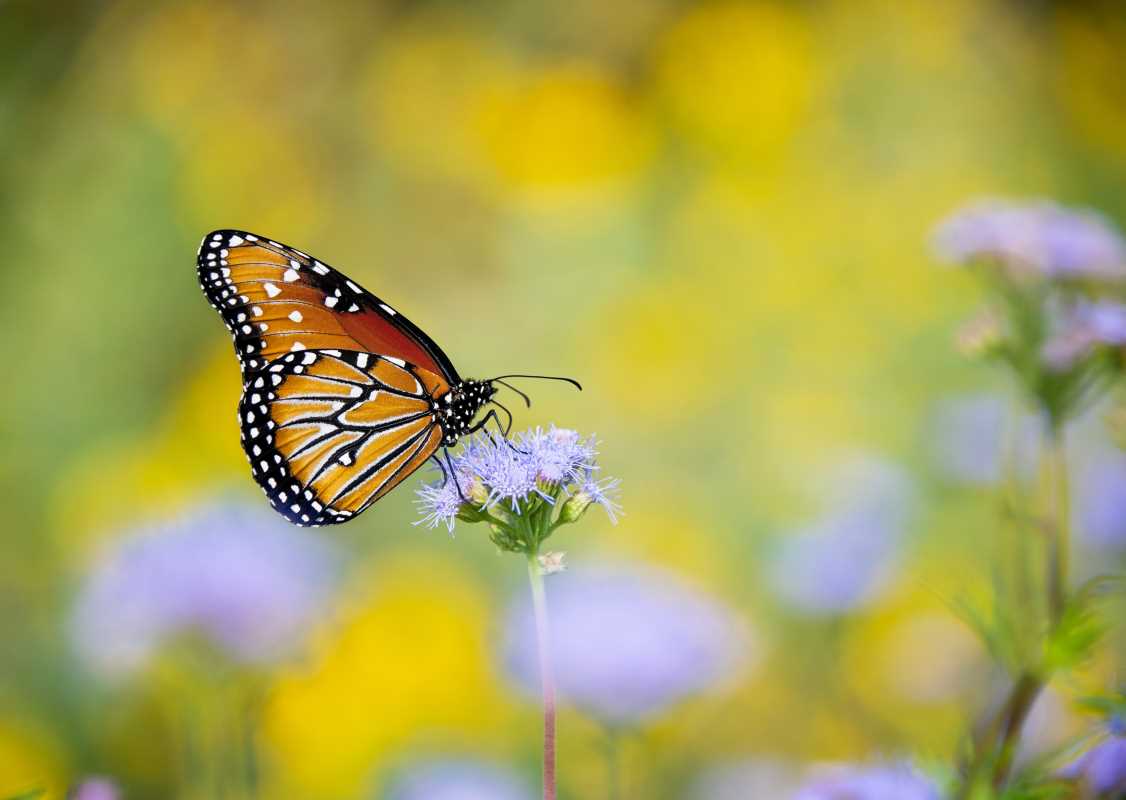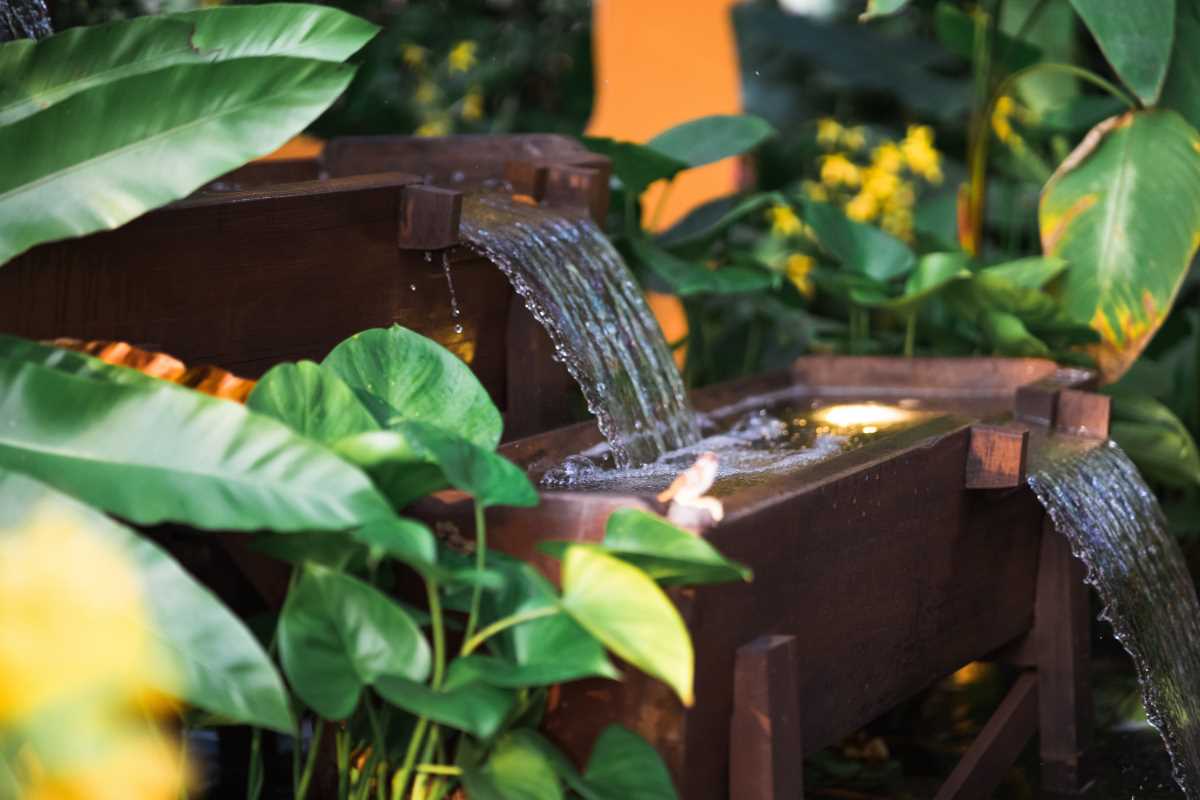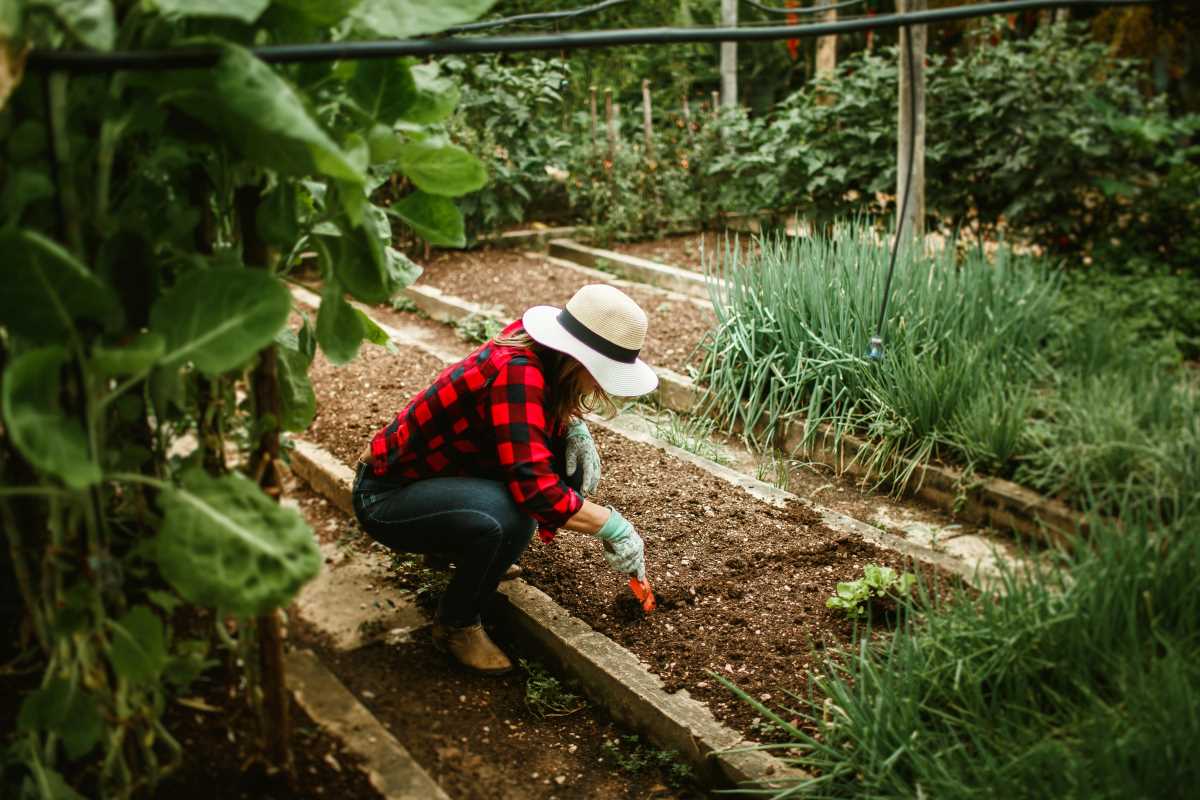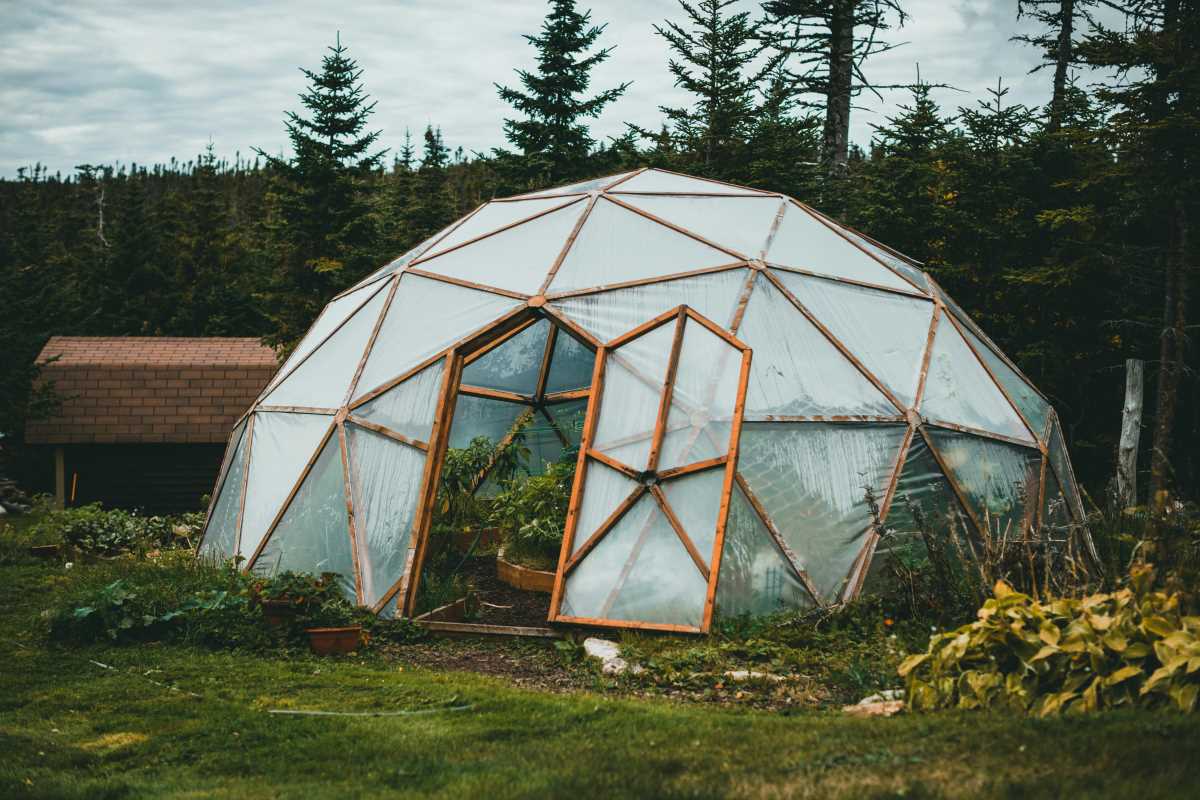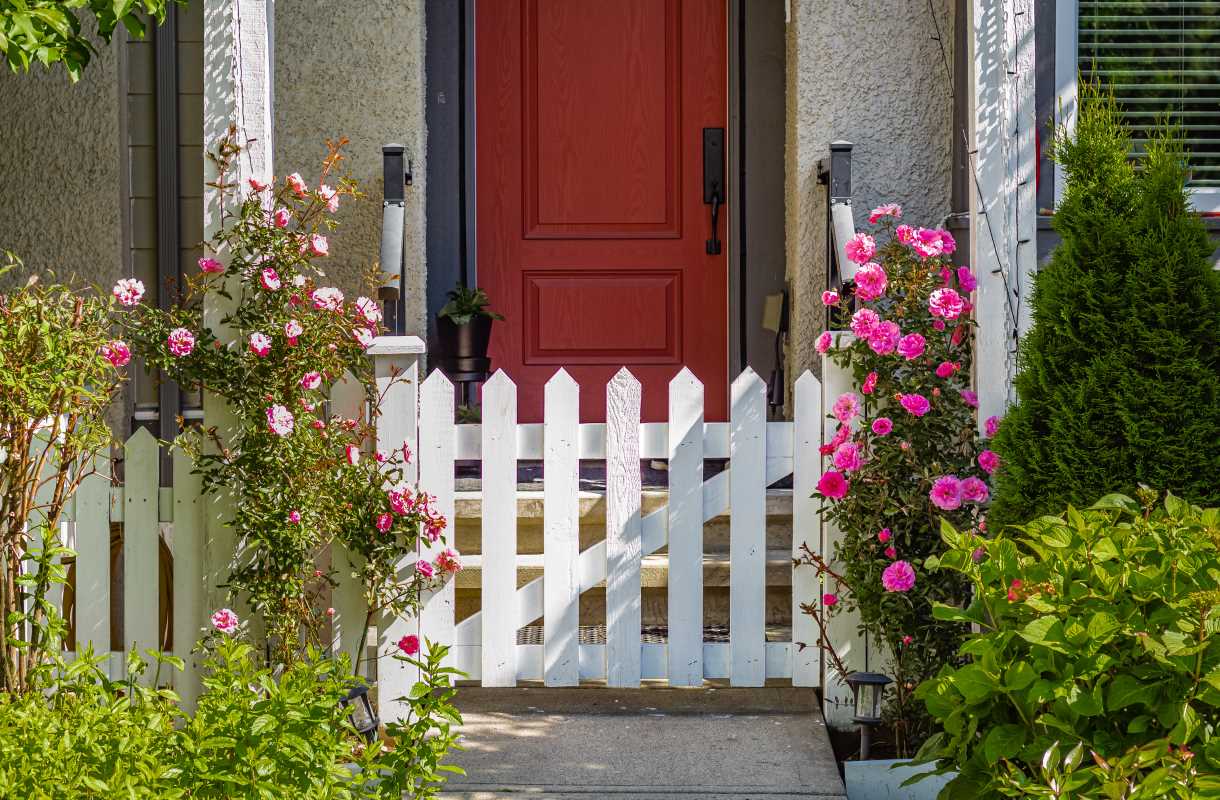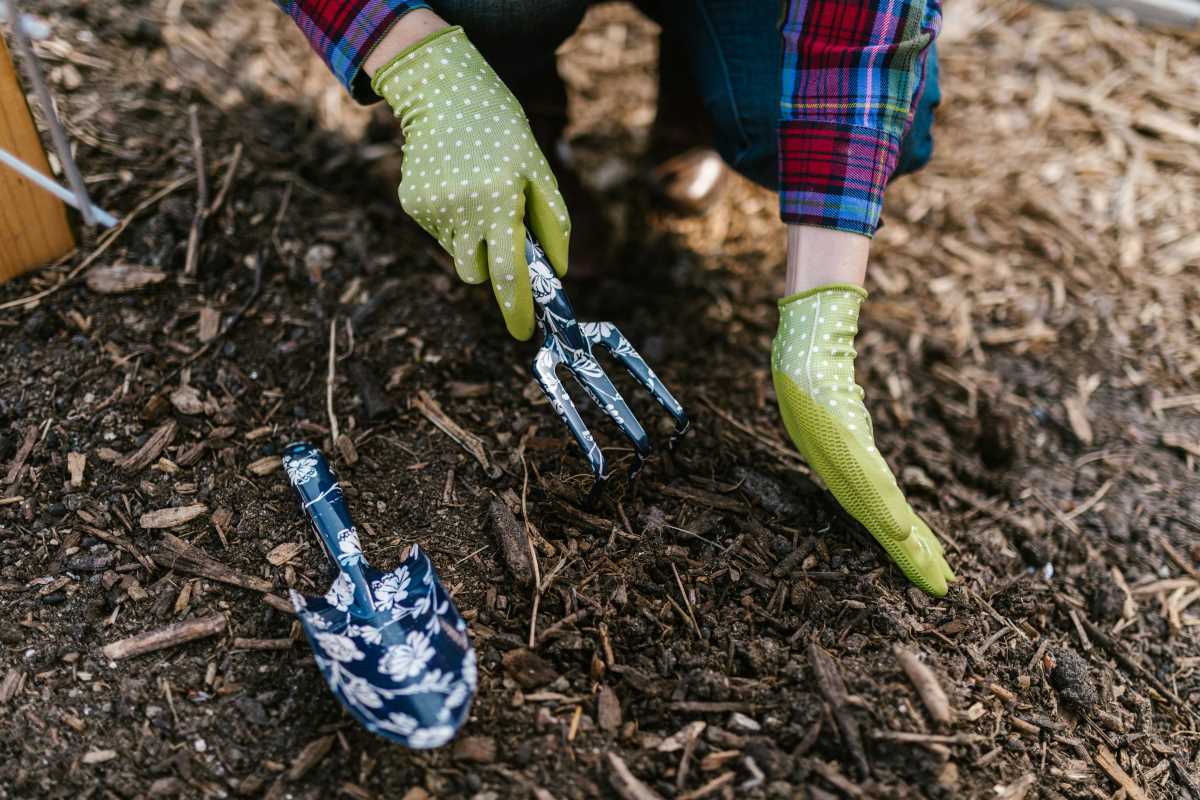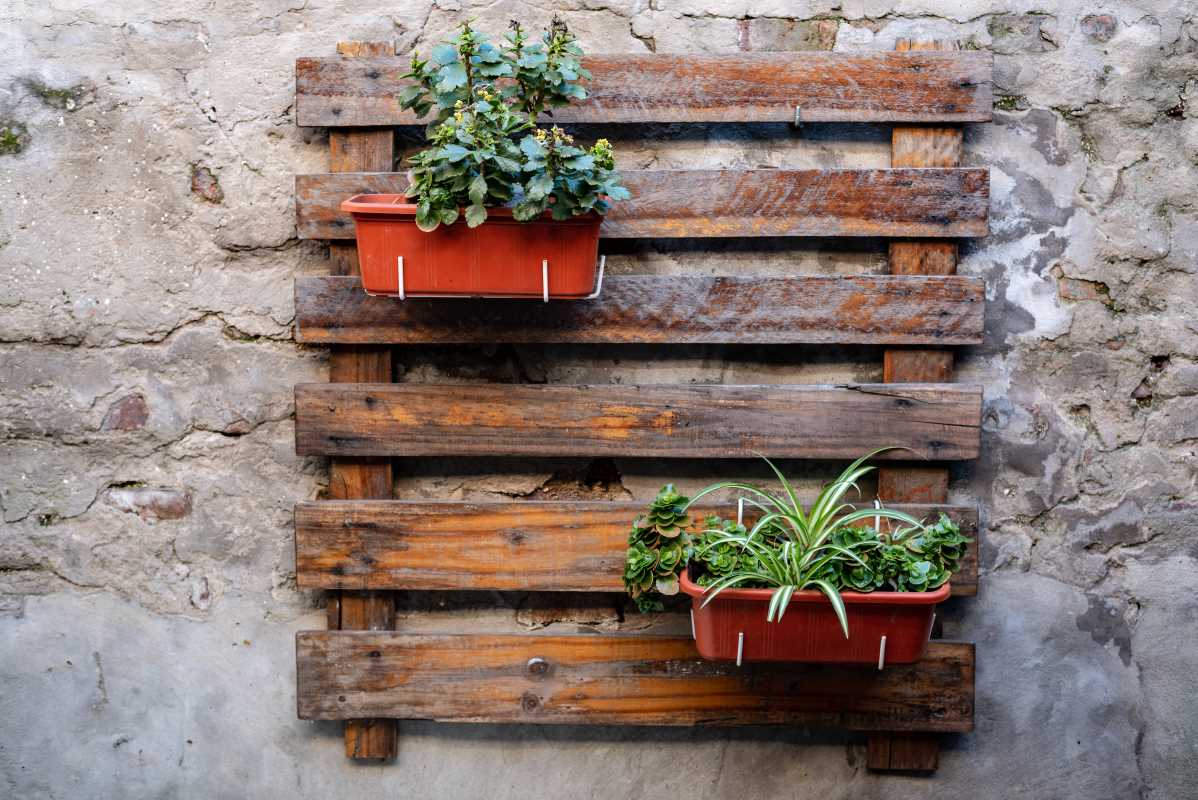A colorful flower bed teeming with bees and butterflies transforms your backyard into a small sanctuary. This endeavor brings the cheerful hum of nature right to your doorstep, providing a serene spot to witness pollinators in action. Creating such a haven not only strengthens local ecosystems but also offers a fulfilling gardening adventure. As each flower unfurls, the air fills with freshness and vivid hues, beckoning new visitors to your blossoming oasis. The lively dance of nature unfolds before your eyes, turning your garden into a vibrant tapestry of life and color.
Working on a flower bed can quickly become one of your favorite home improvement projects. As you plant a variety of blooms and set up dedicated spots for water and shelter, you create an environment where nature can thrive. Your garden becomes a lively stage where every pageant of flight and flutter tells a story of life and renewal.
Choose the Right Location for Your Flower Bed
The success of your flower bed largely depends on where you decide to plant it. A bright and well-drained spot ensures that your plants receive ample sunlight and are protected from excess moisture that could harm them. When selecting a location, consider the view from different parts of your property and how easily you can enjoy the garden.
Keep these important aspects in mind when scouting for a spot:
- Sunlight exposure: Aim for an area that gets at least six hours of direct sunlight each day.
- Drainage: Look for a place where water easily runs off to prevent soggy soil.
- Accessibility: Choose a site that allows for easy watering, weeding, and enjoying your garden’s beauty.
- Protection from harsh winds: A sheltered corner can keep your plants safe and vibrant.
Selecting Bee- and Butterfly-Friendly Plants
Picking the right plants invites bees and butterflies to settle in your garden. A thoughtful mix provides both nourishment and visual interest. By choosing a variety of colors and shapes, you make sure that different types of pollinators find something appealing. It’s fun to experiment with combinations until you discover what works best in your setting.
Consider including the following plants, which have proven popular among pollinators:
- Marigold
- Zinnia
- Lantana
- Verbena
- Coneflower
- Bee Balm
- Salvia
Plan Your Layout for Maximum Attraction
A well-thought-out layout can make your garden both an inviting spectacle and an easy-to-maintain space. Designing a layout starts by thinking of the heights, textures, and colors of the plants you are arranging. Place taller blooms toward the back of the bed and shorter ones at the front so every plant becomes visible to pollinators. This not only creates a natural flow but also ensures that each plant receives its needed sunlight.
Here are several layout ideas to think about:
- Group similar plants together to create clusters that draw attention.
- Mix colors in a gradient effect to create subtle visual transitions.
- Allow adequate space between plants for air circulation and growth.
- Intermingle ground-cover varieties with taller species to diversify garden layers.
Provide Water and Shelter for Pollinators
Adding elements like water and shelter can significantly boost the friendliness of your flower bed. Providing these features gives bees and butterflies a reason to stay longer in your garden. Even a small area of water can serve as a resting place for pollinators. You can create a simple water source with a shallow dish and some decorative pebbles where they can safely land. You might also try installing pollinator-friendly water stations that blend seamlessly with your garden design.
For shelter, think about the natural elements that pollinators enjoy. A few small piles of twigs or a section of the garden left a bit wild provides places where these visitors can hide from extreme weather. You can also add a few old logs or a rock outcropping to simulate a woodland edge. These touches ensure that your garden remains inviting even during less active hours.
Maintain Your Flower Bed for Ongoing Success
Regular upkeep keeps your flower bed thriving and continually attractive to pollinators. Simple maintenance routines help preserve the soil quality and keep unwanted weeds at bay. Checking your garden every week for signs of pests or plant stress makes it easier to manage issues before they spread. A gradual routine ensures that everything stays on track without needing major overhauls.
Follow these easy maintenance tips to support your blossoming garden:
- Water your plants consistently, especially during dry spells.
- Remove weeds once you spot them to prevent them from crowding out your blooms.
- Cut back dead flowers and leaves to encourage fresh growth.
- Fertilize lightly during the growing season to replenish soil nutrients.
- Inspect for signs of pests and use gentle remedies when necessary.
- Regularly trim plants to keep them in shape and maintain the design.
- Check soil moisture and adjust watering habits as seasons change.
Watching your garden come to life proves that effort and care produce beautiful rewards. The blend of colors, scents, and the animated flight of pollinators creates a captivating landscape where every element works together. Enjoy the buzz of bees and the gentle flutter of butterflies as symbols of a healthy ecosystem right outside your door.
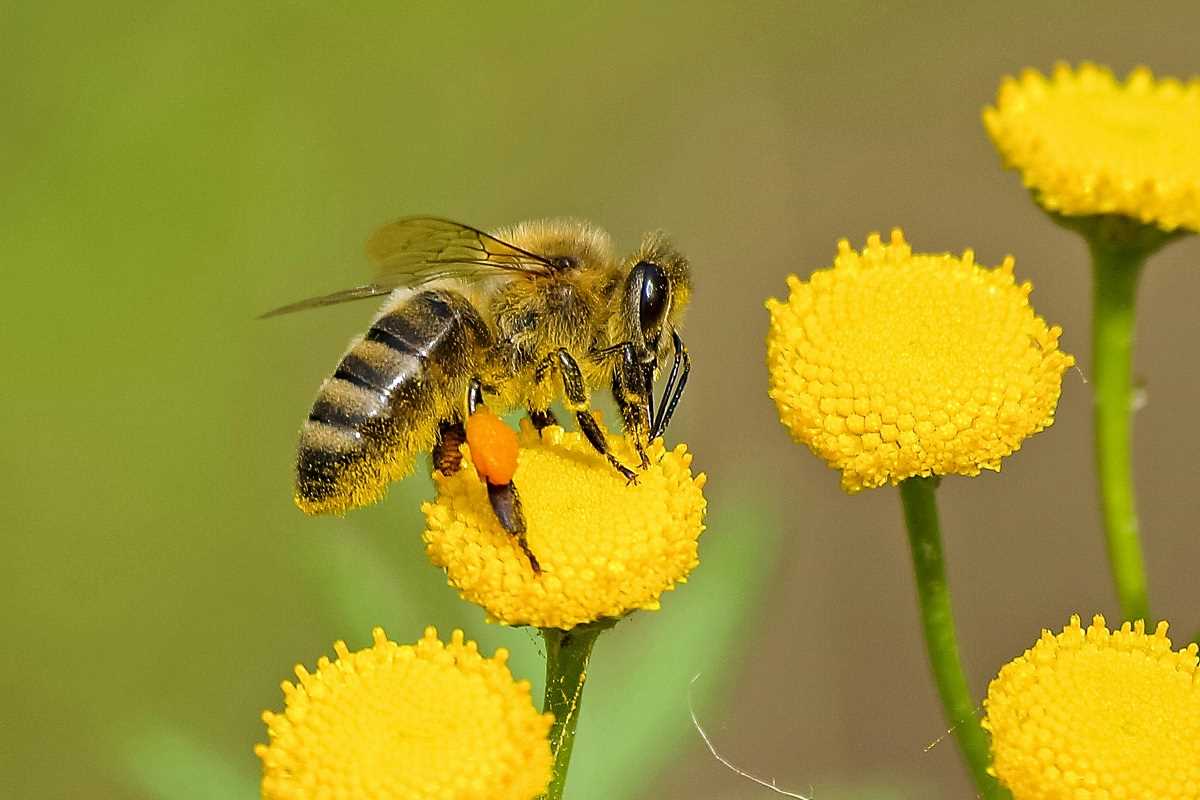 (Image via
(Image via